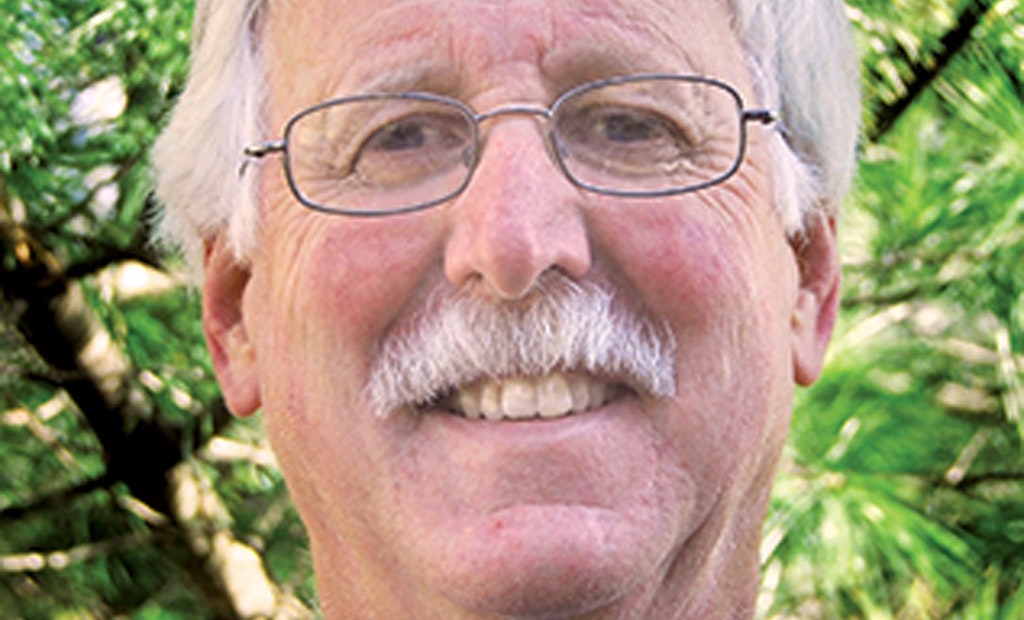
Jim Anderson, Ph.D., is an emeritus professor at the University of Minnesota Department of Soil, Water and Climate and recipient of the pumping industry’s Ralph Macchio Lifetime Achievement Award. Email Jim questions about septic system maintenance and operation at editor@pumper.com.
Recently I answered a question from prospective homeowners moving into a house served by a septic system. They indicated that in their current house they had a water softener and that the well test done for the new residence showed water high in calcium and magnesium — in other words, “hard” water. They had been told they should not have a water softener because they were going to be using a septic system.
Over the 40-plus years I have worked on industry problems, there have been many questions or concerns about the impact water softeners have on the operation and efficiency of onsite wastewater treatment systems. Initially the main concern was about potential negative impacts of delivery of the regenerative water, high in sodium, to the septic tank and subsequent delivery to the soil treatment area. The concerns are the ability of the soil to accept wastewater due to dispersion and breakdown of soil structure.
There are also concerns from a water-use perspective that each recharge event delivering 30 to 80 gallons could result in large volumes of water delivered to the system. This combined with homeowner water-use patterns could result in systems being hydraulically overloaded. Remember soil treatment areas have finite capacities to accept effluent.
IMPACT ON SYSTEMS?
The past two decades have brought a lot of anecdotal information from pumpers and other service providers about the lack of scum layers and lowered biological activity in septic tanks and other pretreatment units where water softeners were in use. The concern is with treatment efficiency resulting in more solids and higher BOD delivered to the soil treatment area, reducing the soil’s ability to accept effluent due to increased biomat resistance.
Research done in the late 1970s indicated there was no significant effect on hydraulic conductivity in soils due to typical use of water softeners. However, another conclusion was that there could be impacts on soil if all water used in the household were softened and the regeneration waste was not allowed to enter the soil treatment area.
This conclusion points to how homeowner use patterns could affect whether this was a problem. Research indicated that if for some reason the soil treatment area received clean water low in salts, such as rainwater, it could upset the balance leading to breakdowns in soil structure. More recent research has indicated there are potential problems with soils high in sodium content to begin with and in low cation-exchange capacity soils. Soil surveys are useful in identifying — at least in general areas — where this may be a concern.
Research has been conducted more recently on whether addition of the regeneration water to septic tanks can affect the settling of solids, which of course is one of the major reasons for a septic tank. Similarly, some researchers have looked at biological activity — which also could lead to more suspended solids and higher BODs — resulting in drainfield problems.
Here results have been somewhat mixed. From a biological activity standpoint, it appears most researchers agree that the bacteria adjust relatively rapidly to changing conditions. So if a homeowner switched to a water softener, there would be some effect on activity of microbes but long-term they would persist.
LOOK FOR SOLUTIONS
Based on the amounts of calcium and magnesium versus sodium in the regeneration water, the conclusion is there can be a negative impact from the regeneration water on the settling of solids in the septic tank. Whether this happens in any given situation depends on initial water hardness, the amount of water used, equipment problems such as broken timers or sticky valves, the way the softener is managed by the homeowner, as well as other site-specific factors. Specific use variables and water-quality factors are probably why some service providers would say they saw no effect versus others who saw problems in a lot of systems.
Water softener regeneration water is not considered sewage by most regulatory agencies. This means it does not have to be treated to any higher degree before it is discharged. For the 30-some odd years I was with the University of Minnesota, we recommended our installers route the softener backwash to an area other than the drainfield. The other area could consist of a separate tank with effluent delivered to a separate trench just for the backwash, or to the surface away from the residence, not near the drainfield and not onto a neighbors’ property. Some state codes require the water be routed to a separate holding tank that should be pumped regularly and the contents delivered to a treatment facility.
The solution is not to get rid of the water softener. The homeowners mentioned earlier have a softener due to problems with their water. It takes more water and soap to get things clean if you have hard water. So if the softener is removed, their water use will likely increase, not decrease, which runs counter to sending less water to the drainfield.
Another potential solution in some areas is to hire a water treatment service to supply exchange tanks to soften the water; these tanks are replaced at regular intervals and taken back to the shop for regeneration. There is no regeneration water delivered to the system.





